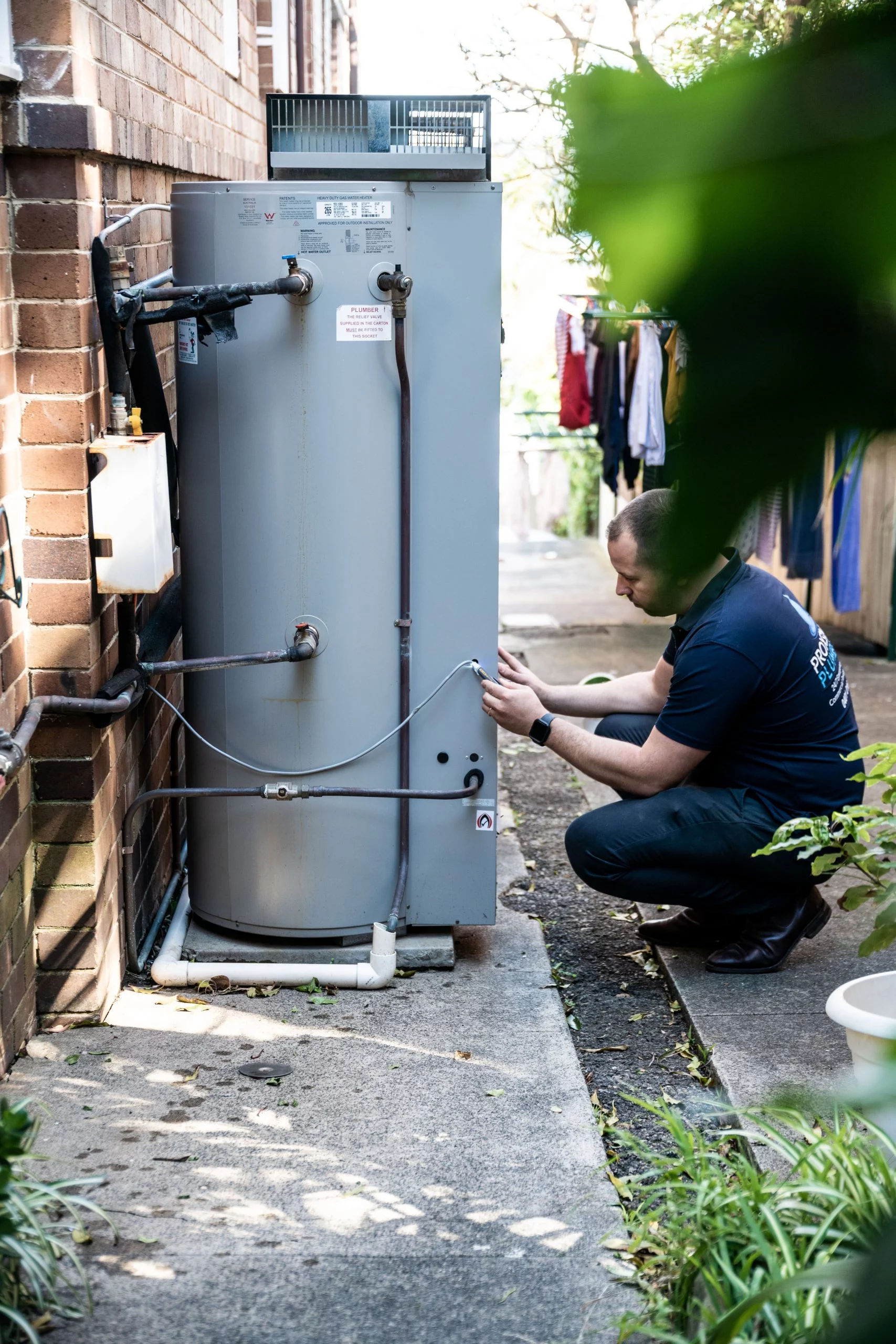Simple Steps to Caring for Your Home's Hot Water System
Simple Steps to Caring for Your Home's Hot Water System
Blog Article
Just how do you actually feel about How to Maintain Your Water Heater & Prolong its Life?

Warm water is necessary for everyday comfort, whether it's for a refreshing shower or cleaning meals. To ensure your warm water system runs successfully and lasts much longer, normal upkeep is essential. This article gives useful pointers and insights on how to preserve your home's hot water system to prevent disruptions and pricey repair services.
Intro
Preserving your home's warm water system might appear difficult, yet with a few straightforward steps, you can guarantee it operates efficiently for many years to come. This guide covers every little thing from understanding your warm water system to DIY upkeep suggestions and recognizing when to hire expert help.
Value of Maintaining Your Hot Water System
Normal maintenance not just extends the life-span of your hot water system however additionally guarantees it runs efficiently. Neglecting maintenance can lead to decreased efficiency, higher energy costs, and also premature failure of the system.
Signs Your Warm Water System Requirements Maintenance
Knowing when your warm water system needs interest can stop significant issues. Look out for signs such as inconsistent water temperature level, strange noises from the heating unit, or corroded water.
Understanding Your Warm Water System
Prior to diving into maintenance jobs, it's handy to understand the basic elements of your warm water system. Usually, this consists of the water heater itself, pipelines, anode rods, and temperature controls.
Month-to-month Maintenance Tasks
Routine month-to-month checks can assist catch small issues prior to they escalate.
Purging the Water Heater
Purging your hot water heater gets rid of sediment buildup, boosting effectiveness and extending its life.
Checking and Changing Anode Rods
Anode poles avoid corrosion inside the container. Examining and replacing them when broken is vital.
Examining and Adjusting Temperature Setups
Changing the temperature setups guarantees optimal efficiency and safety.
Do It Yourself Tips for Upkeep
You can do a number of maintenance tasks on your own to maintain your hot water system in top problem.
Looking for Leaks
Routinely inspect pipelines and links for leaks, as these can lead to water damages and greater bills.
Testing Stress Relief Valves
Testing the stress safety valve ensures it operates appropriately and prevents too much pressure buildup.
Shielding Pipes
Insulating warm water pipes reduces warm loss and can conserve power.
When to Call an Expert
While DIY maintenance is advantageous, some issues call for specialist know-how.
Complex Issues Calling For Expert Assistance
Examples consist of significant leaks, electrical troubles, or if your hot water heater is regularly underperforming.
Routine Specialist Upkeep Advantages
Professional upkeep can include comprehensive inspections, tune-ups, and making certain compliance with safety criteria.
Final thought
Normal maintenance of your home's hot water system is vital for effectiveness, longevity, and cost financial savings. By adhering to these ideas and understanding when to look for specialist aid, you can guarantee a dependable supply of warm water without unanticipated interruptions.
How to Maintain an Instant Hot Water Heater
Before tinkering with your hot water heater, make sure that it’s not powered on. You also have to turn off the main circuit breaker and shut off the main gas line to prevent accidents. Also turn off the water valves connected to your unit to prevent water from flowing into and out of the appliance. 2. When you’re done, you have to detach the purge valves’ caps. These look like the letter “T†and are situated on either side of the water valves. Doing so will release any pressure that has accumulated inside the valves while at the same time avoid hot water from shooting out and burning your skin. 3. When the purge valves’ caps are removed, you have to connect your hosing lines to the valves. Your unit should have come with three hoses but if it didn’t, you can purchase these things from any hardware or home repair shops. You can also get them from retail stores that sell water heating systems. Read the user’s manual and follow it to complete this task properly. When the hosing lines are connected, open the purge port’s valves. 4. You should never use harsh chemical cleaners or solutions when cleaning your unit. Make use of white vinegar instead. It should be undiluted and you’ll probably use about 2 gallons. 5. Now flush your water heater. This task should probably take about 40 minutes. We can’t give you specific directions for this because the procedure is carried out depending on the type, model and brand of your heater. With that being said, refer to the user’s manual. 6. When you’re done draining the unit, you have to turn off the purge port valves again. Remove the hosing lines that you earlier installed on each of the water valves. Put the valve caps (purge port) back in their respective places and be very careful so as not to damage the rubber discs that are found inside these caps. 7. Now that everything’s back in place, check your user’s manual again to find out how to reactivate your water heating system. 8. Once it is working, turn one of your hot water faucets on just to let air pass through the heater’s water supply pipes. Leave the tap on until water flows smoothly out of it. https://www.orrplumbing.com/blog/2014/september/how-to-maintain-an-instant-hot-water-heater/

Do you appreciate reading up on What Kind of Maintenance Do Water Heaters Need?? Place a review down the page. We'd be delighted to hear your thoughts about this blog entry. We hope to see you back again in the near future. Be sure to take a moment to share this blog if you enjoyed reading it. Thank you so much for going through it.
Book Your Service Report this page